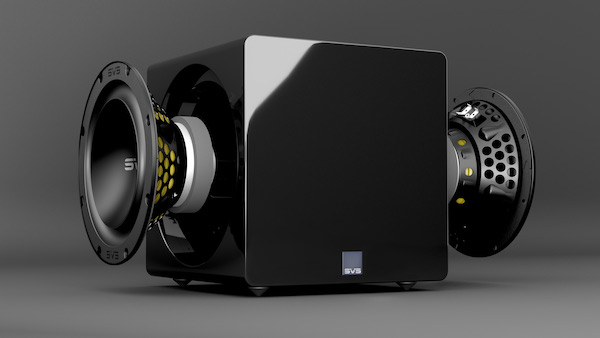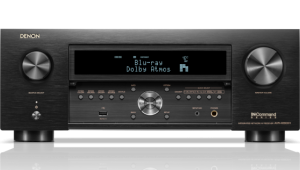SVS Announces 3000 Micro Subwoofer

“For too long, micro subwoofers have been imposters in the category with disappointing output, compromised sound quality, flawed engineering, and other performance issues,” said Gary Yacoubian, SVS President. “In the world of subwoofers, the 3000 Micro is like a magic trick. Its massive output, impressive extension, and pinpoint accuracy from such a small enclosure is unprecedented and further cements SVS’ legacy of setting the performance bar with every new product.”

According to SVS, the 3000 Micro’s progressive inverted surround “allows for maximum excursion and is critical to moving massive amounts of air and generating sound pressure levels you can feel at the deepest frequencies from such a small enclosure.” A 50 MHz Analog Devices Audio DSP with 56-bit filtering, advanced in-room tuning, and optimized frequency response curves is used to optimize the Sledge amplifier’s output, maximizing the “real-world potential” of the 3000 Micro subwoofer, which has a 23Hz to 240Hz +/-3 dB specified frequency response.
Available now from svsound.com and retailers nationwide, the 3000 Micro is priced at $799.99 and comes in a Piano Gloss Black or Piano Gloss White finish.


















































